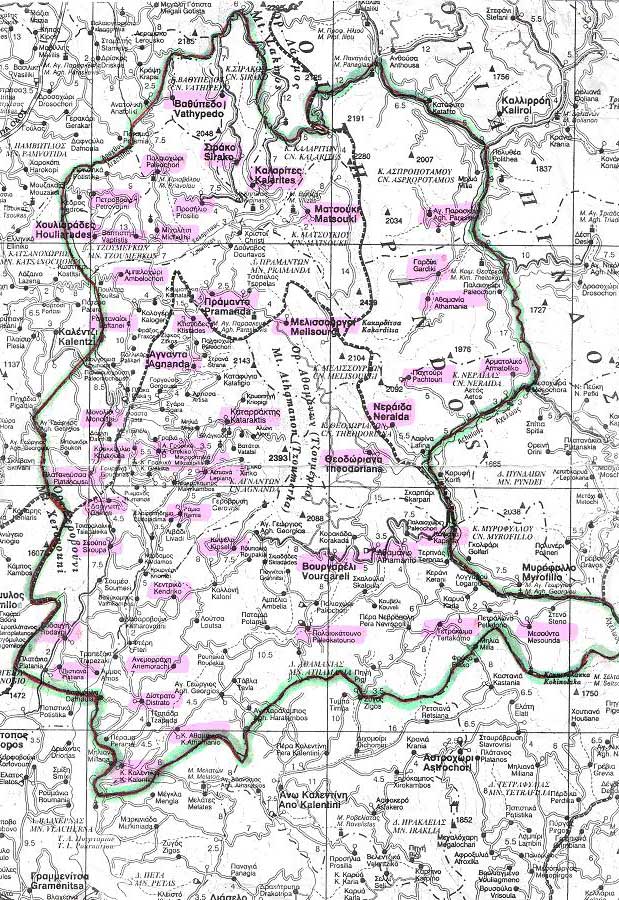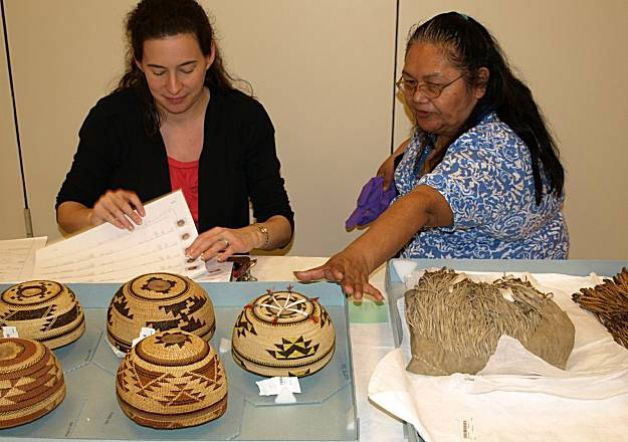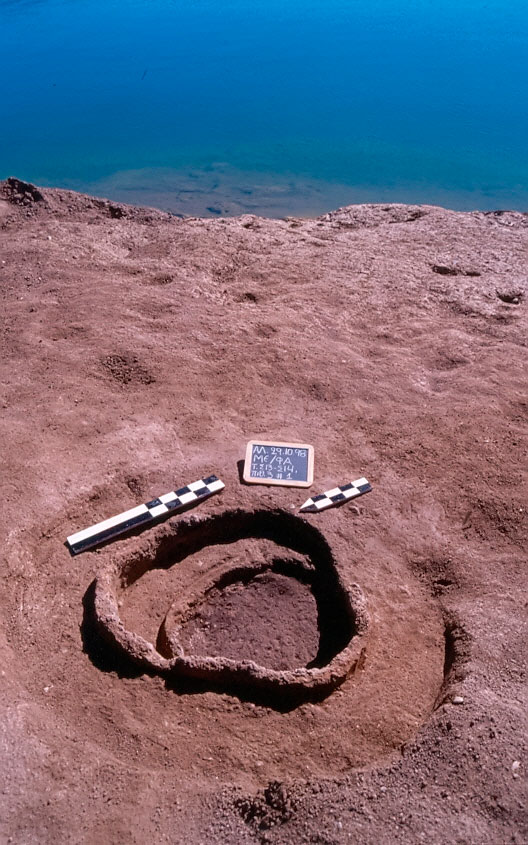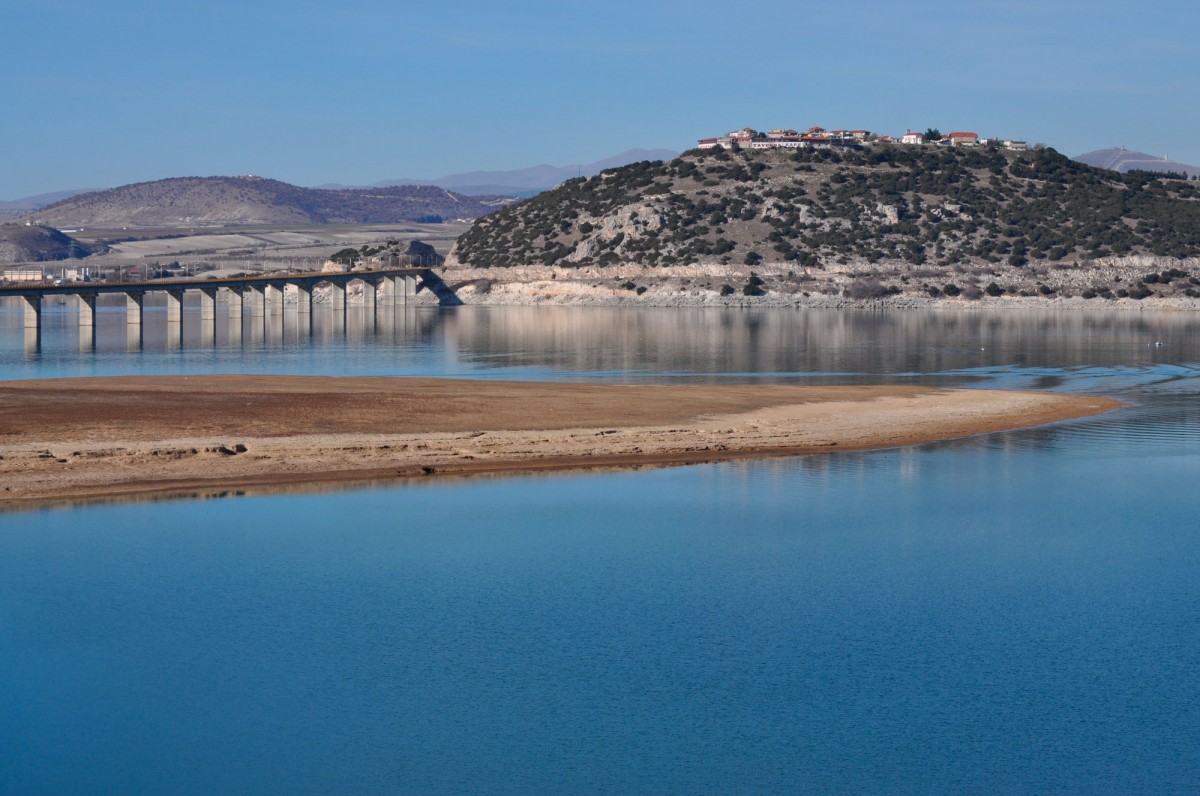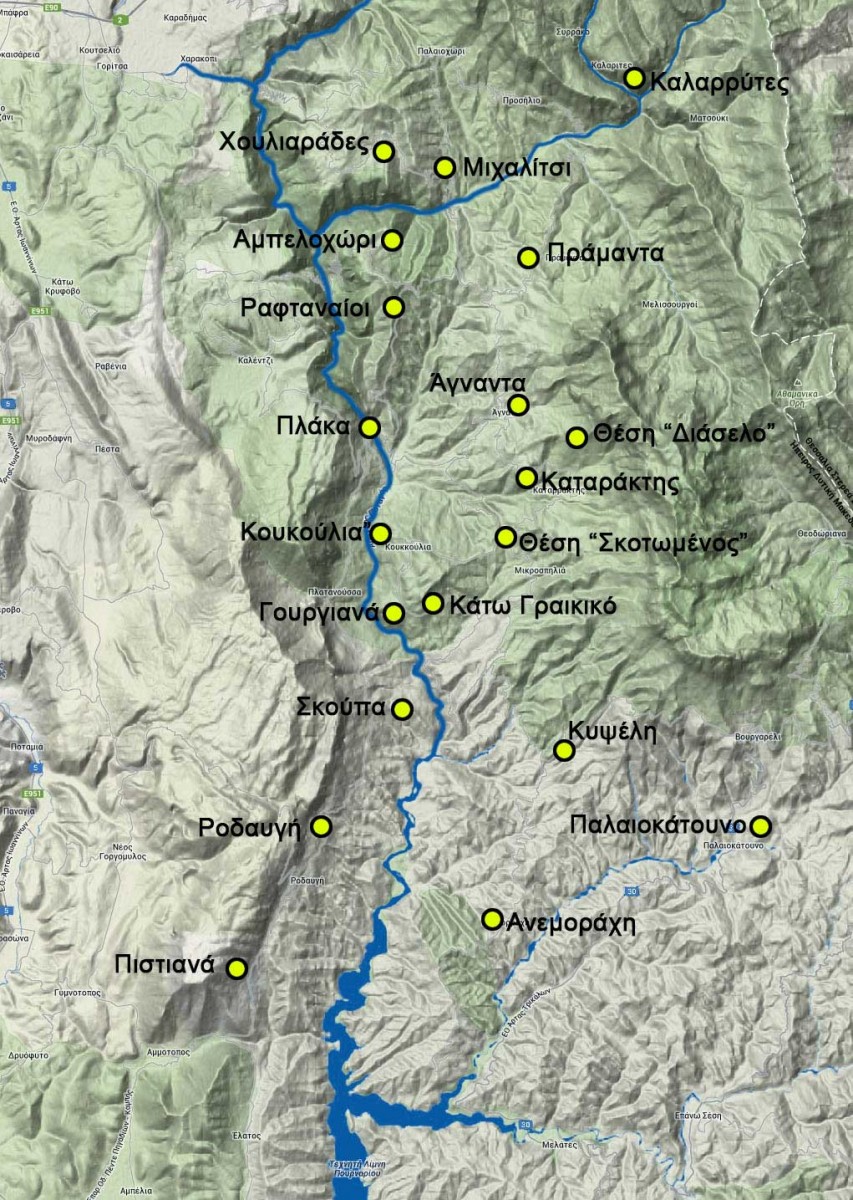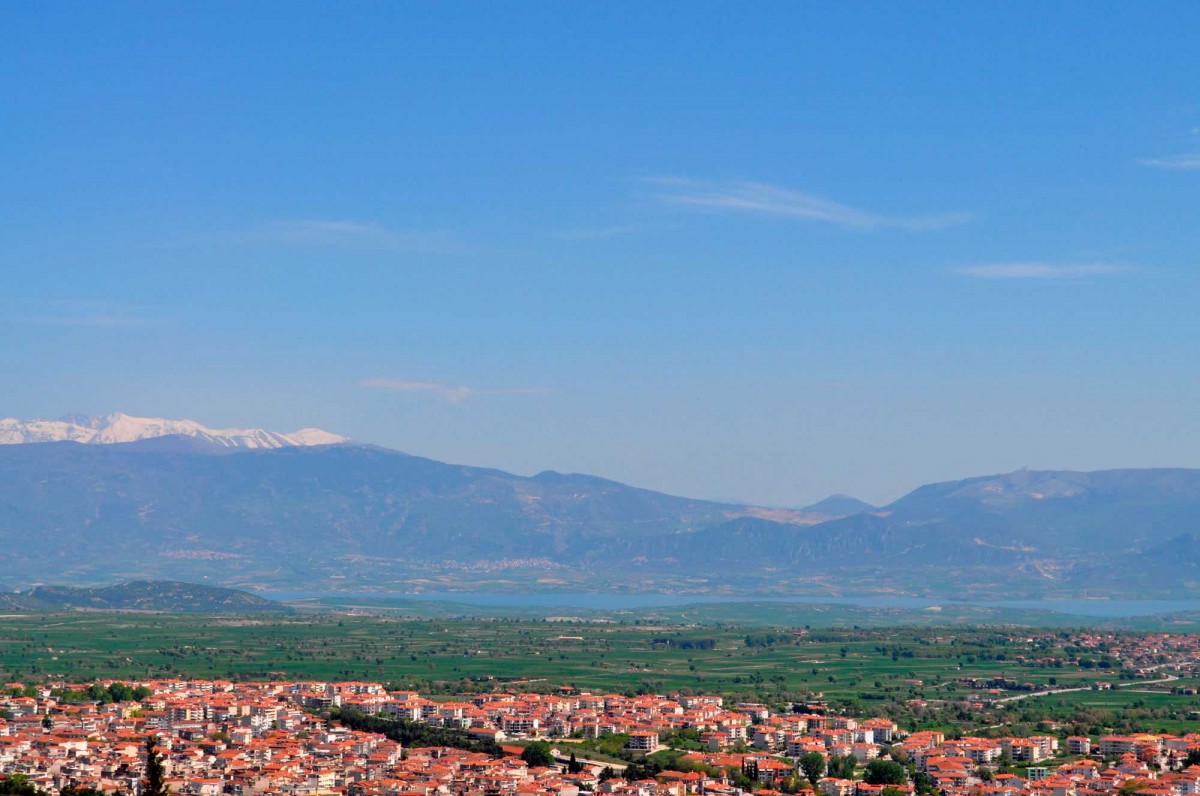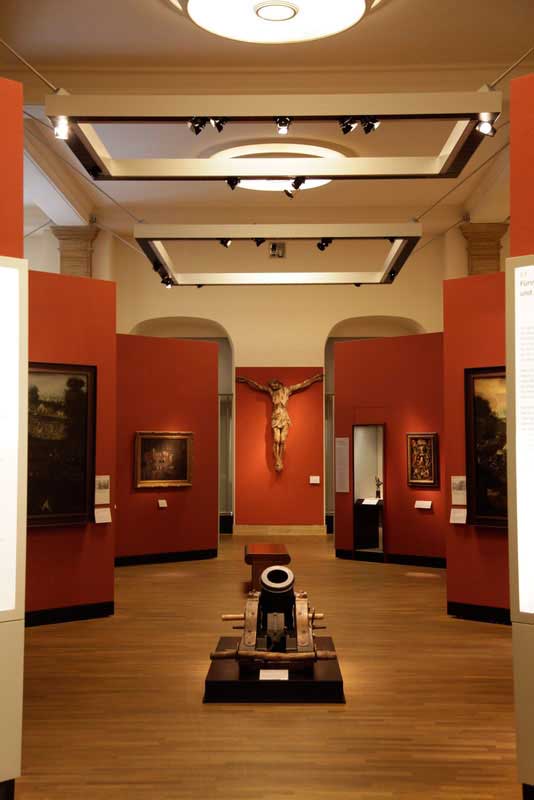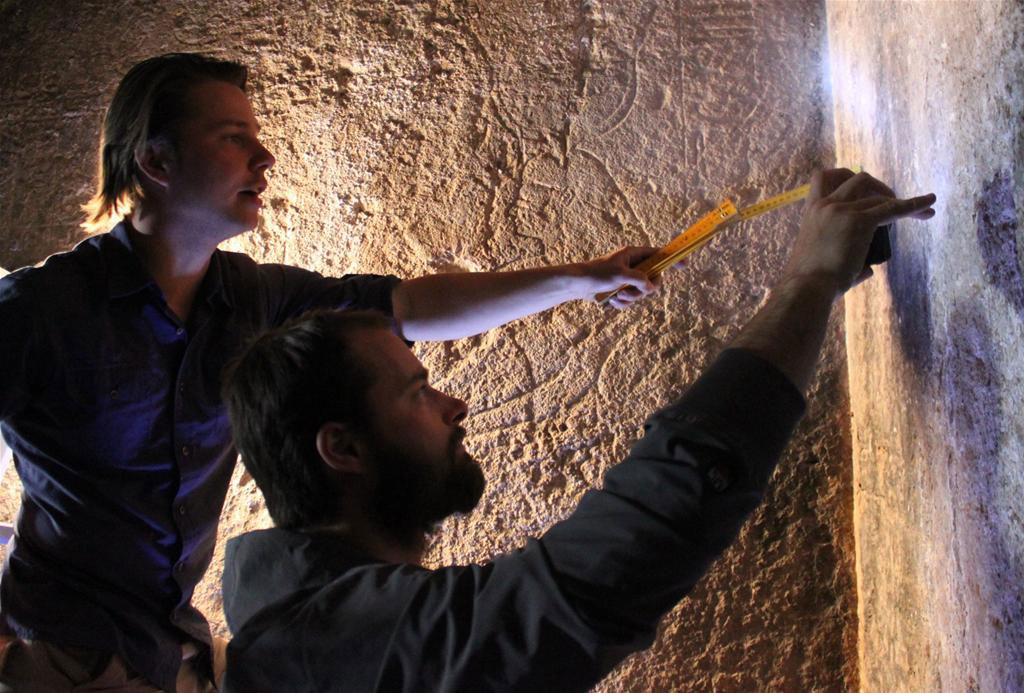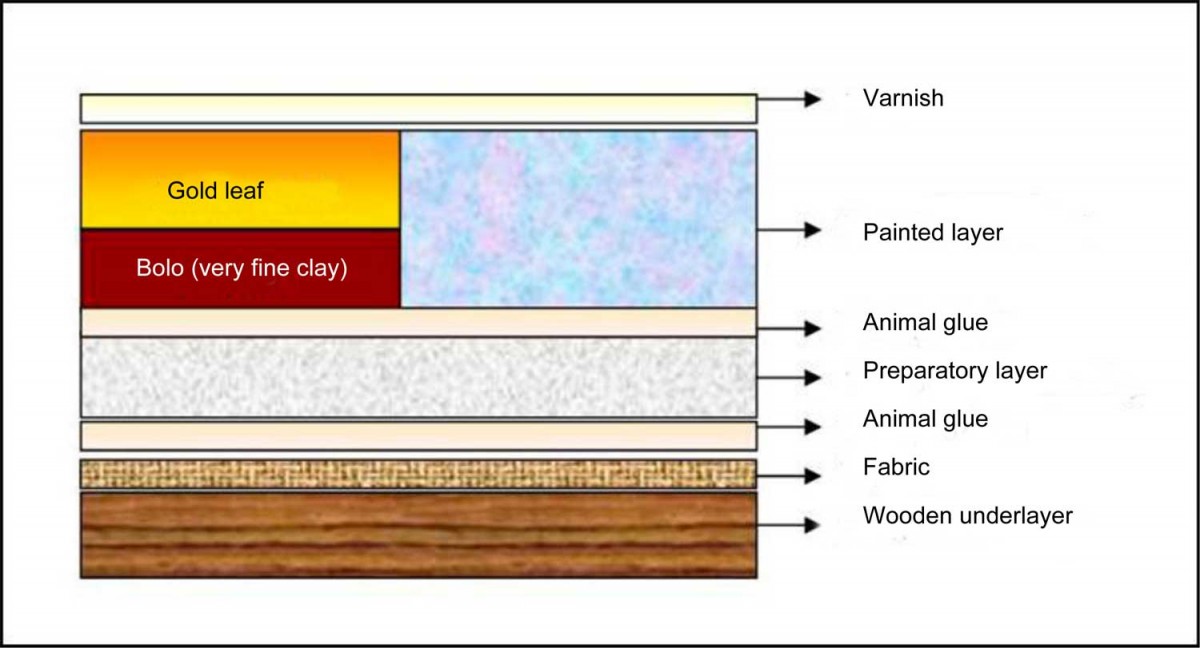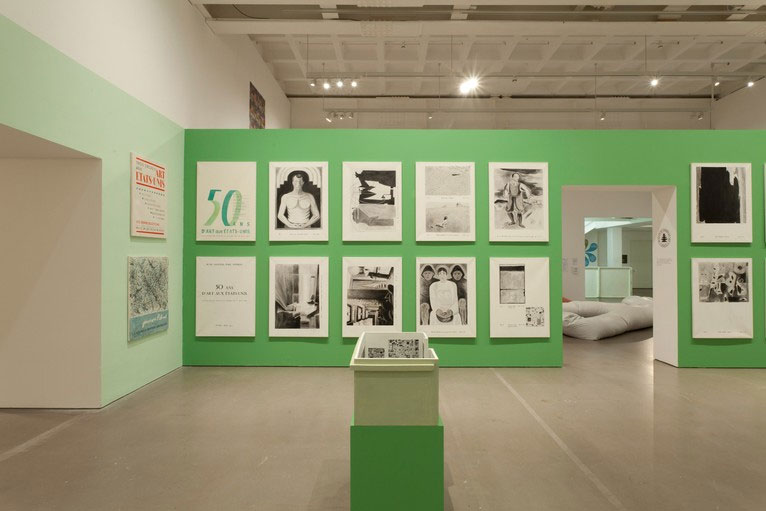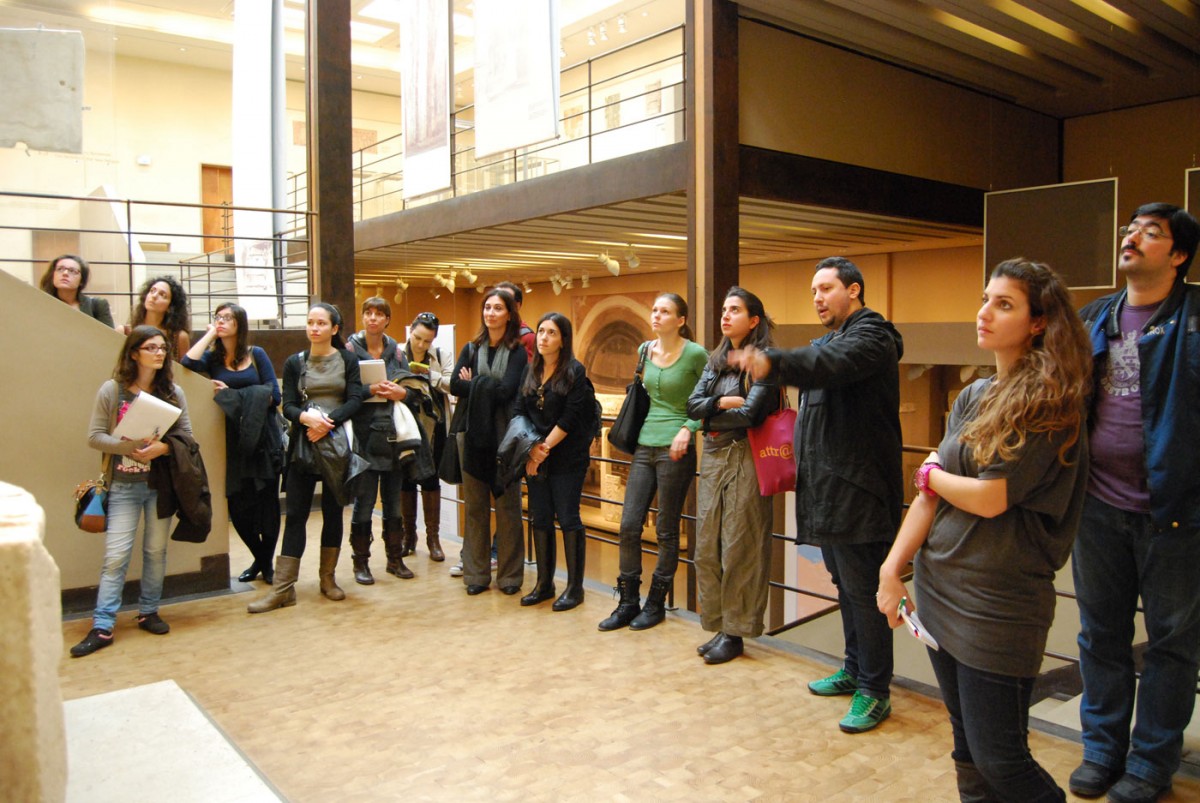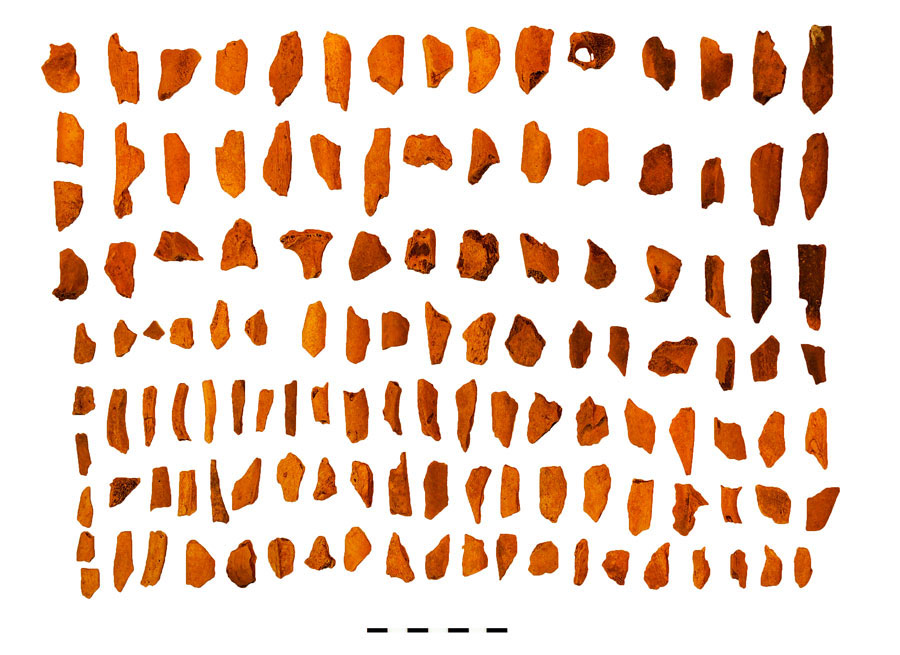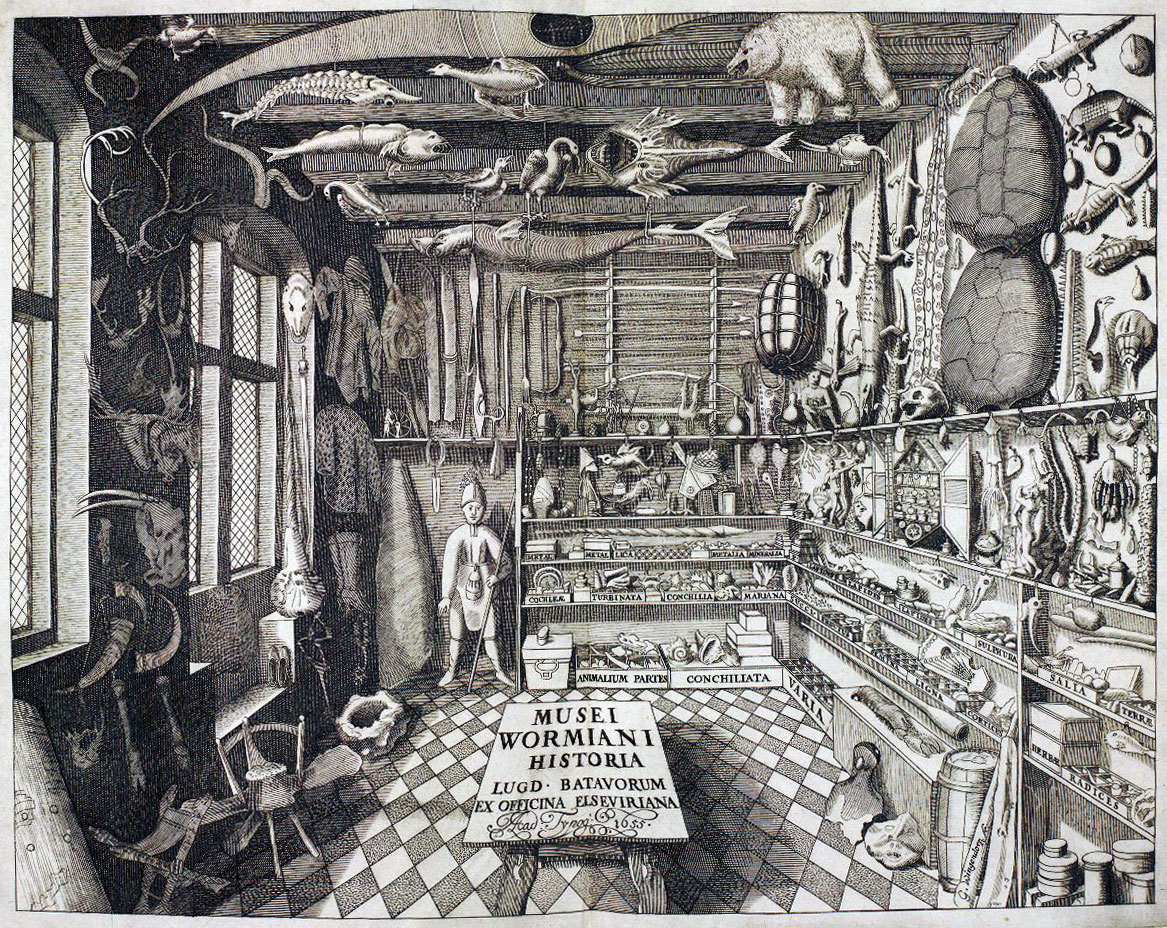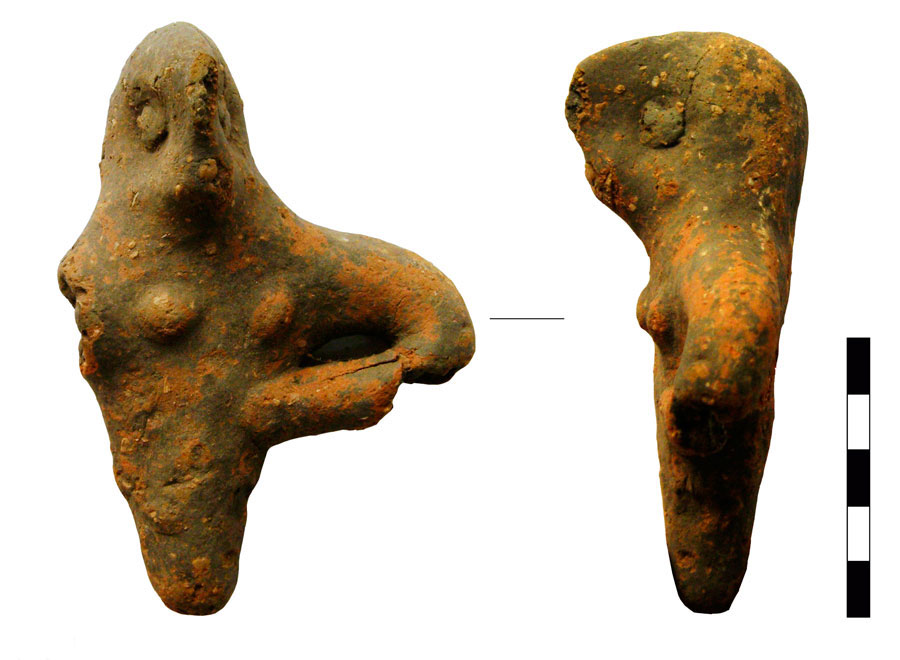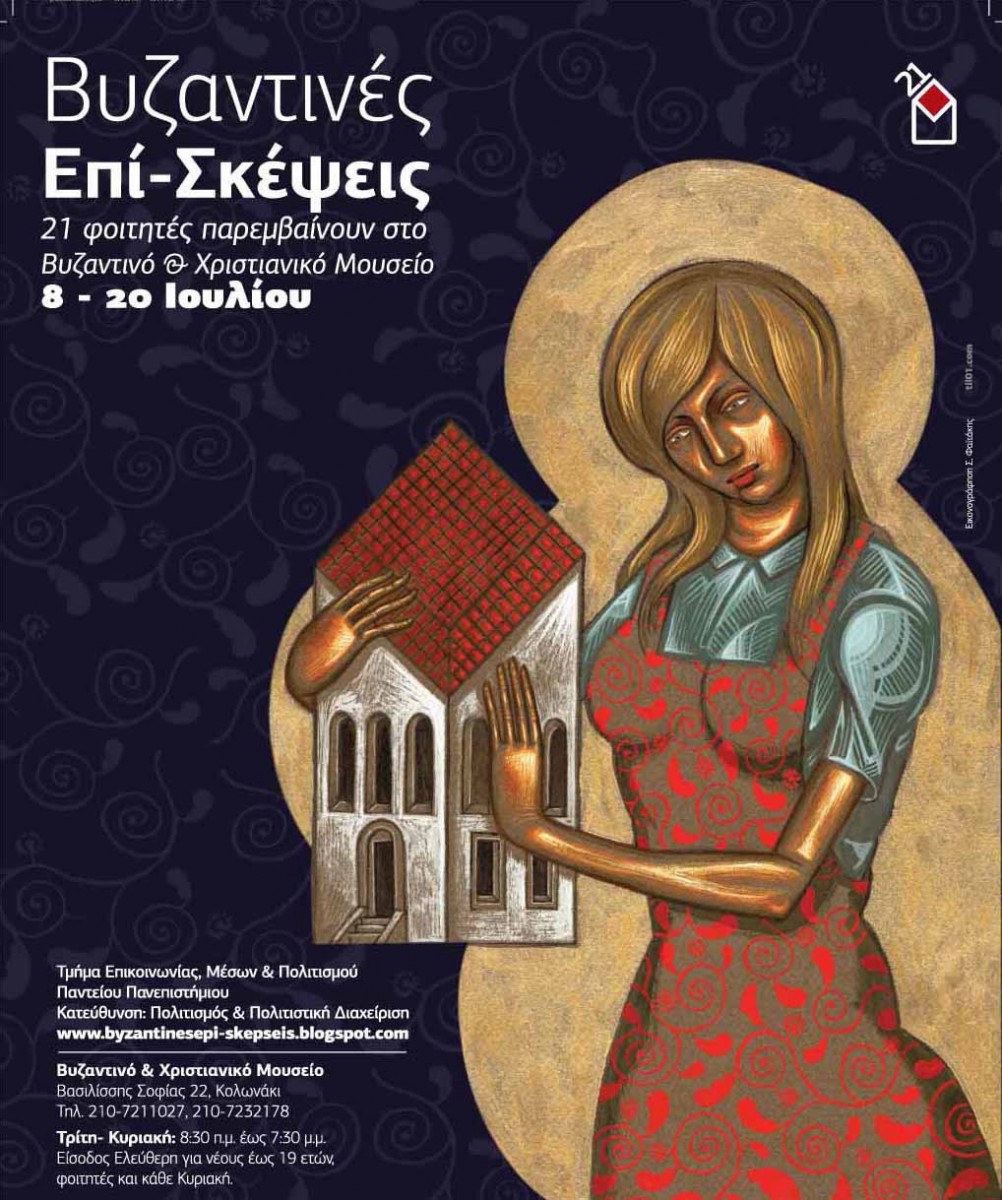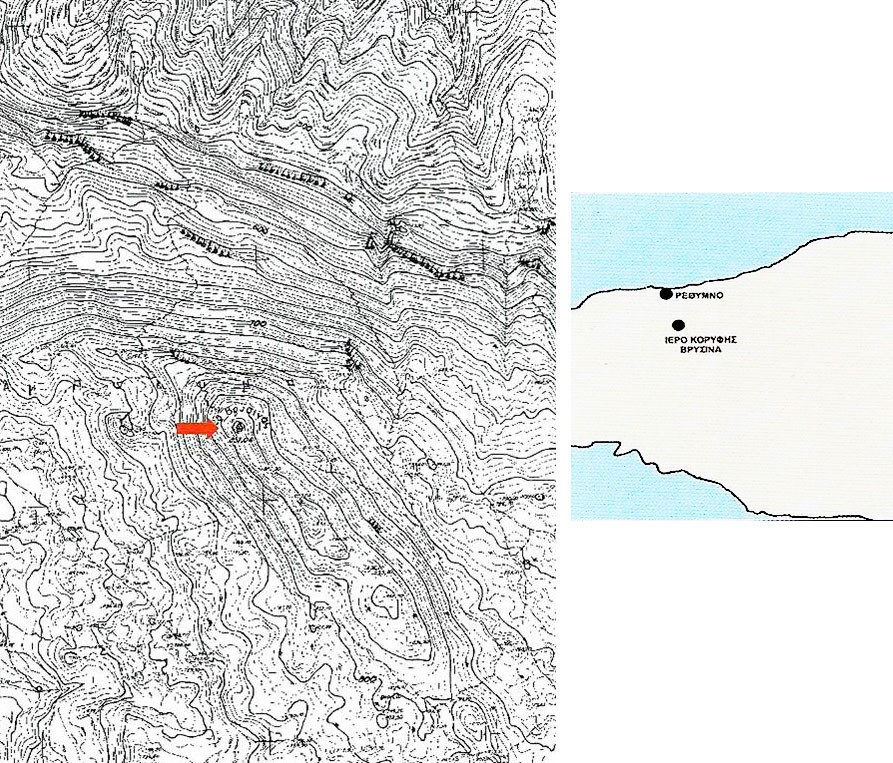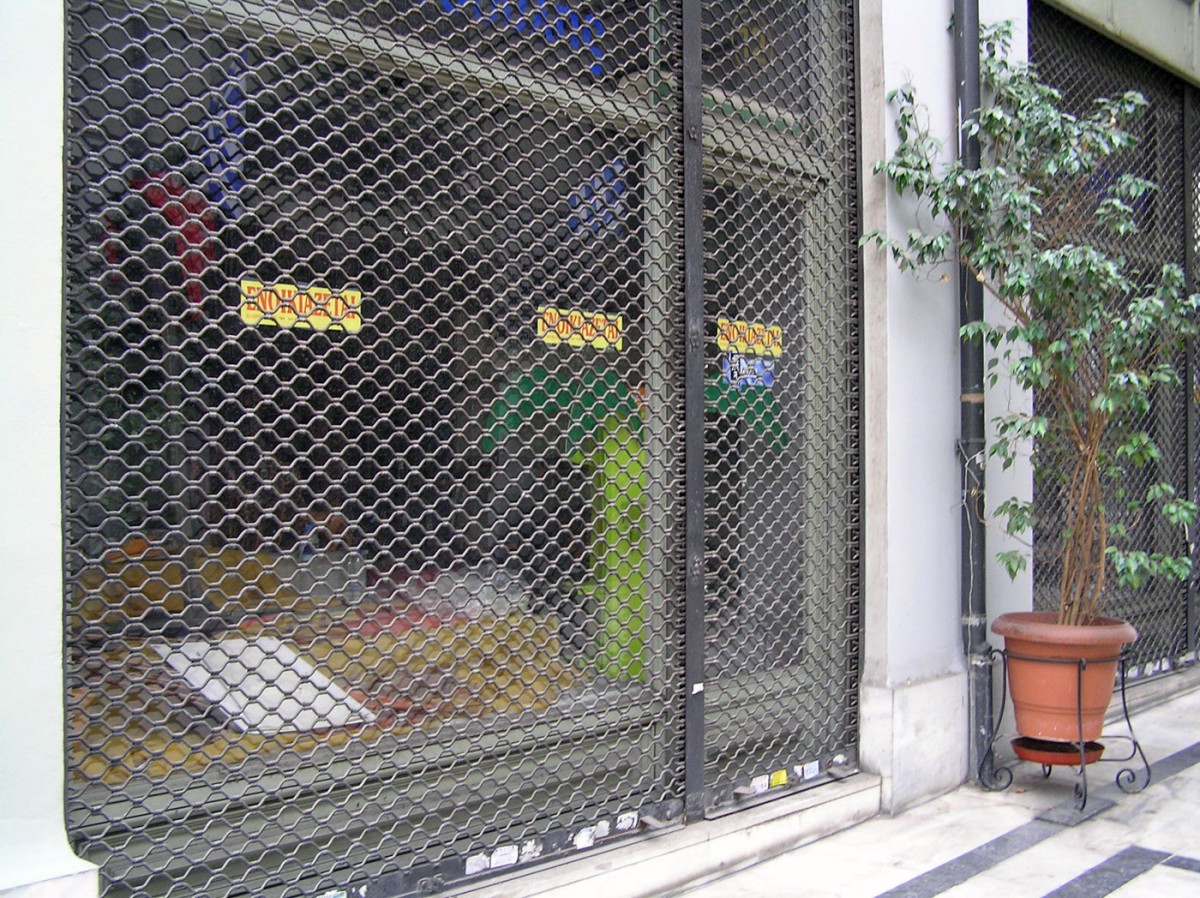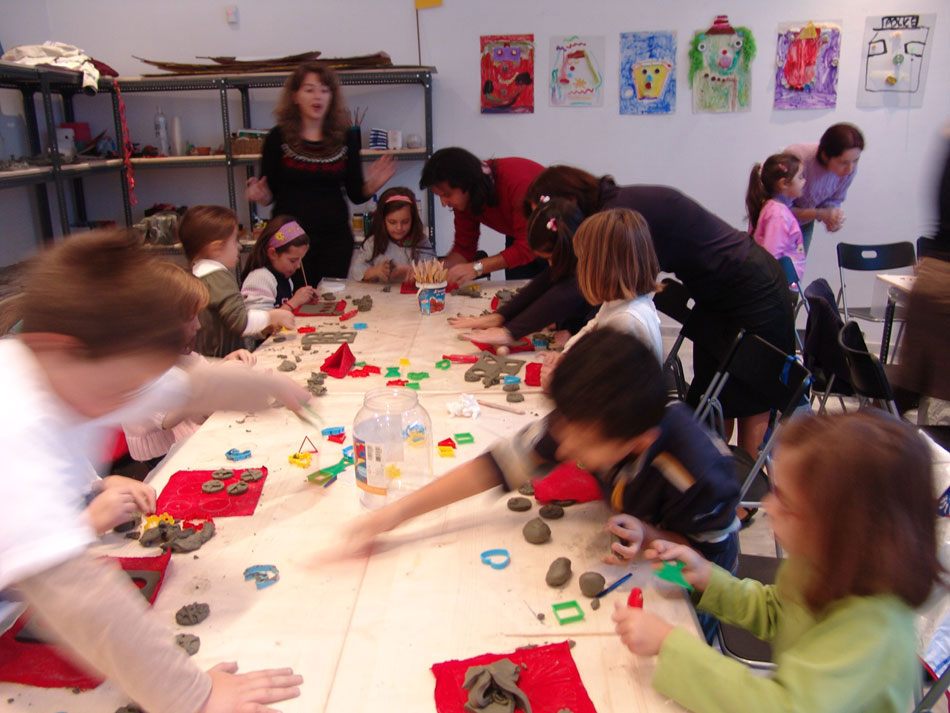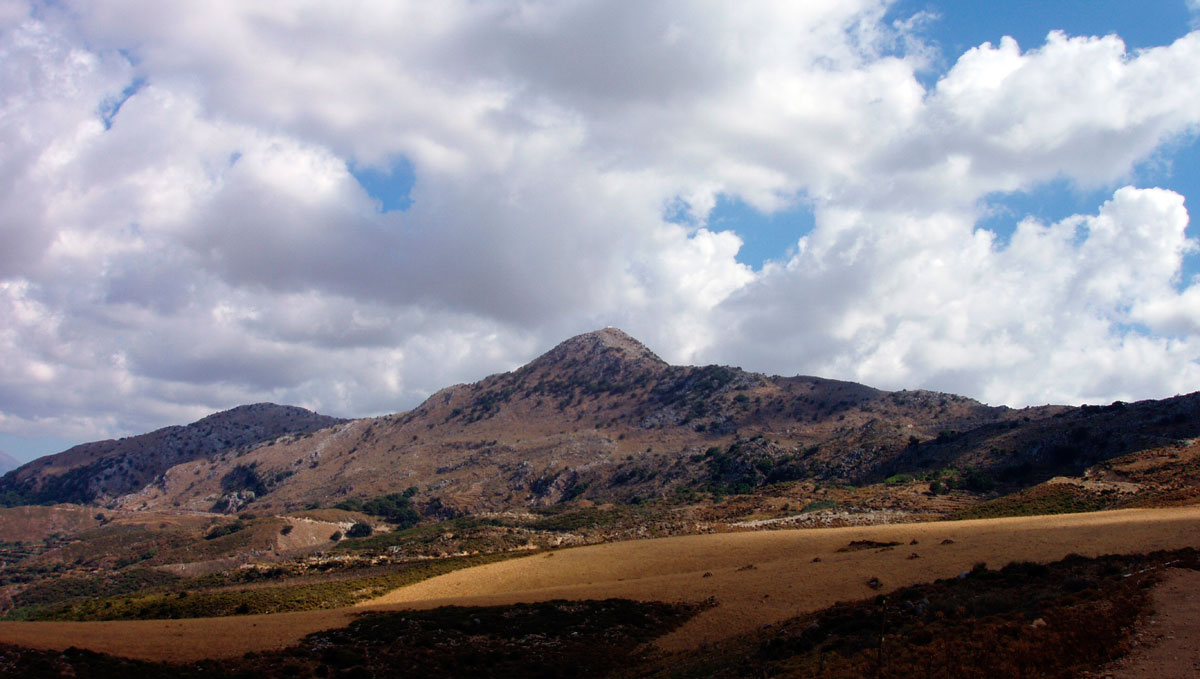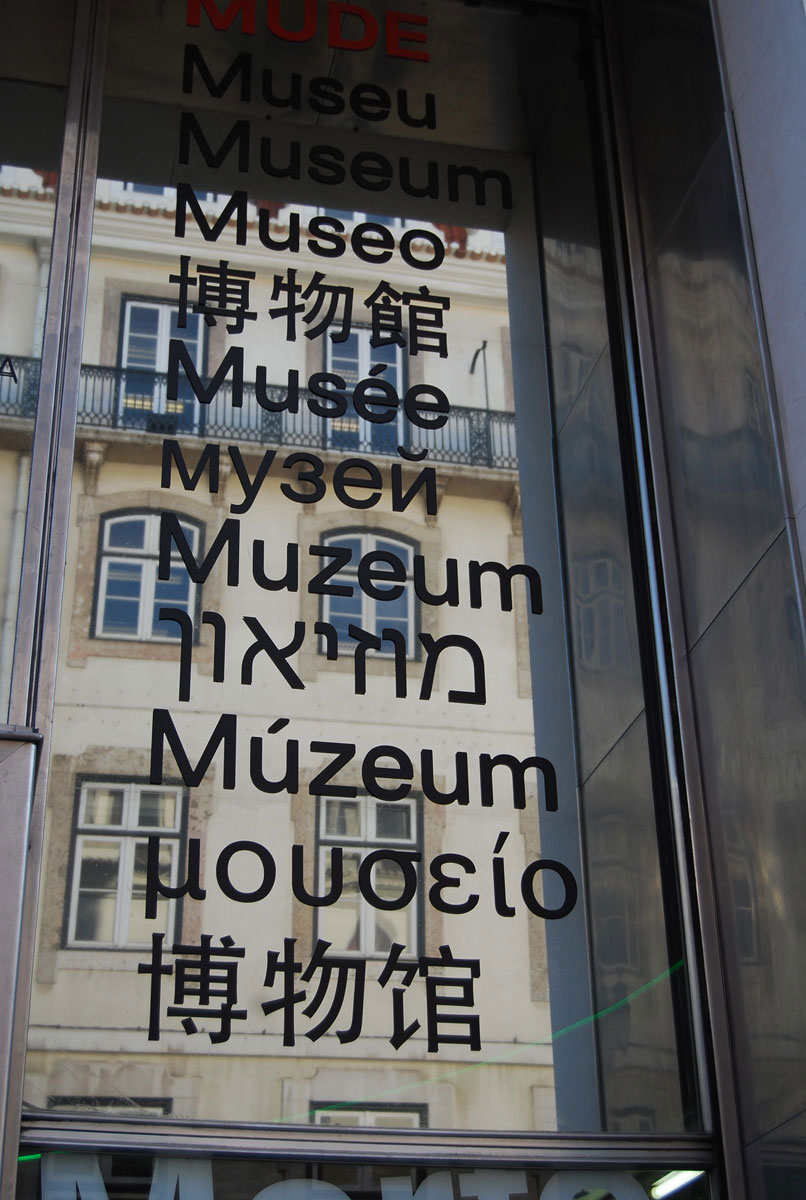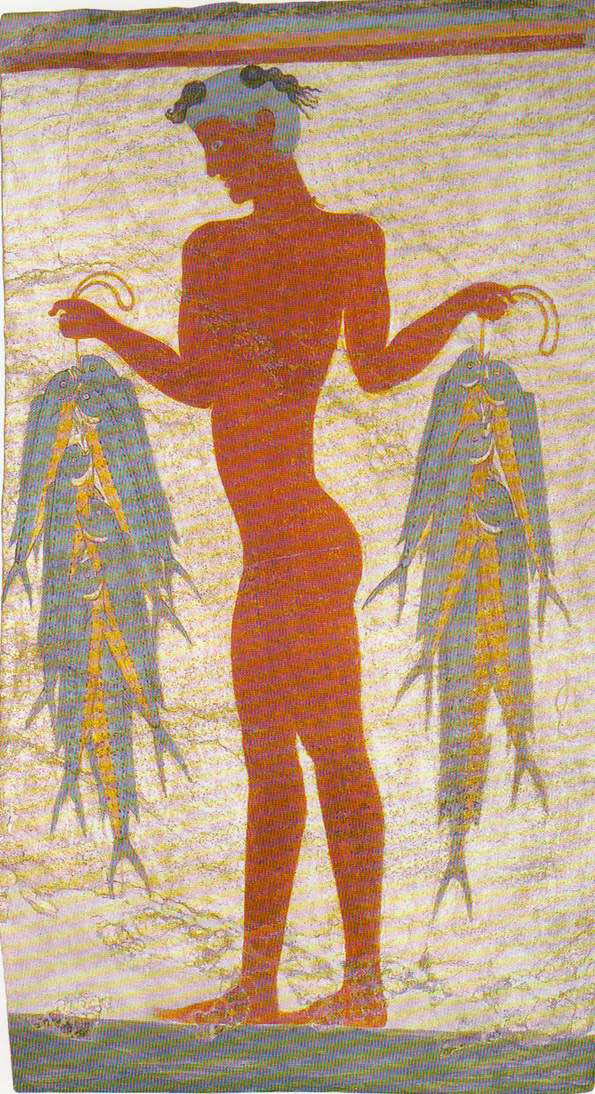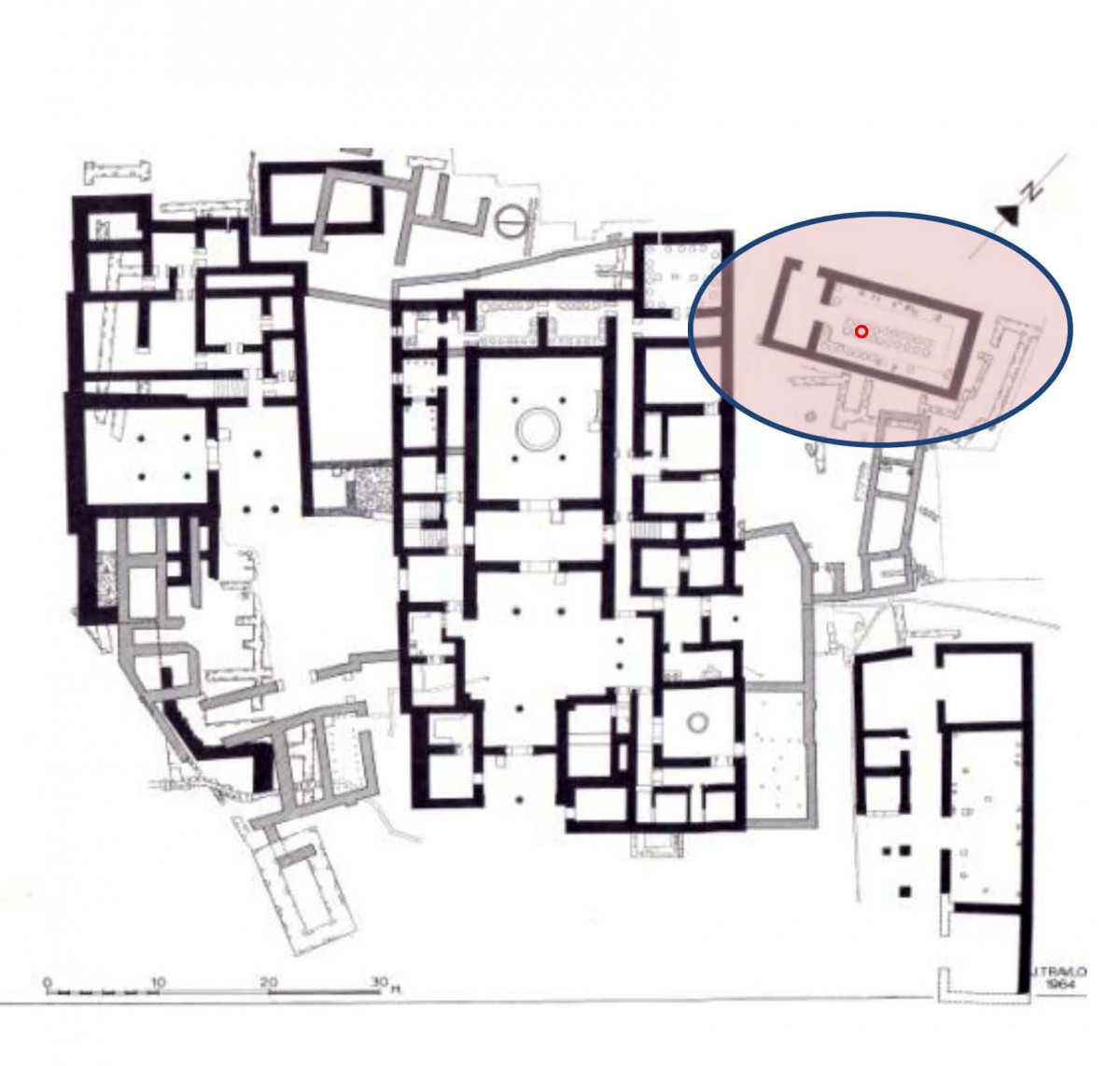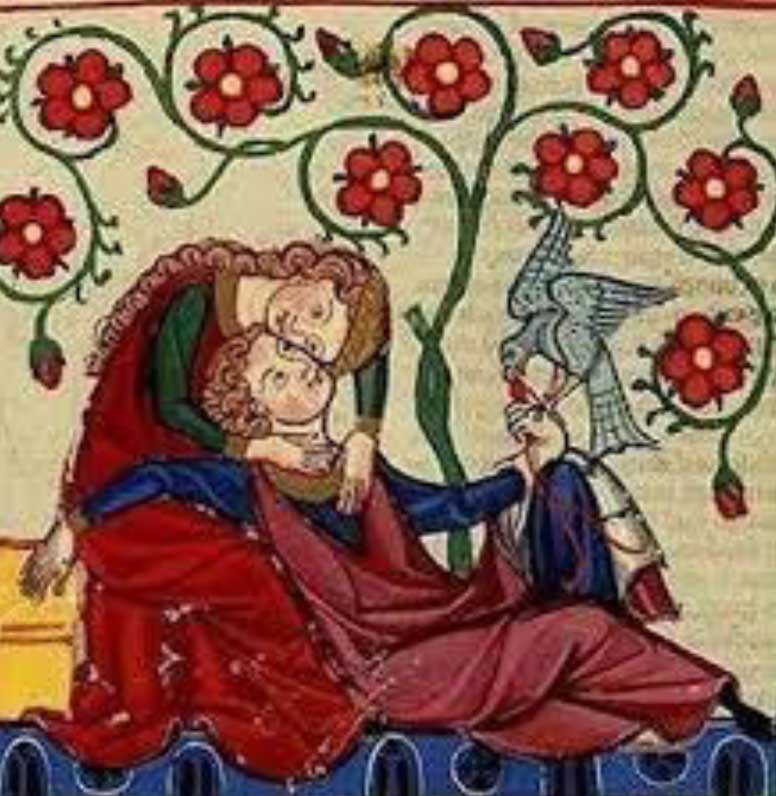The archaeology of Tzoumerka (Part 2)
Presentation of the second part of the paper entitled “Archaeological interventions and surveys in the area of ancient Athamania and Byzantine Tzemernikos”.
Museums and Museology in modern society. New challenges, new relationships (Part 7)
In this article, Esther Solomon presents the ethnographic museums of the 21st century and addresses the topic of cultural diversity.
Archaeological Research in the Middle Haliakmon Valley (Part 3)
Presentation of the archaeological findings and data which outline the habitation in the Middle Haliakmon Valley from prehistoric times until the end of antiquity.
Archaeological Research in the Middle Haliakmon Valley (Part 2)
History and data of the field surveys in the Middle Haliakmon valley, an area densely populated since the Early Neolithic.
The archaeology of Tzoumerka (Part 1)
Presentation of the study entitled “Archaeological interventions and research in the region of ancient Athamania and Byzantine Tzemernikon”.
Facebook as a communication tool of Greek Archaeological Museums
Α survey on the best use of social media by Greek archaeological museums.
Archaeological Research in the Middle Haliakmon Valley (Part 1)
This pattern of occupation, which according to historical data was formed over a continuous period of over 1,000 years, emerged from the coexistence of a large number of settlements that differed in a series of parameters.
Museums and Museology in modern society. New challenges, new relationships (Part 6)
National museums as cultural and political structures have to survive and redefine themselves in a new social, political, economic and scientific context, but also to present the public with the changes taking place in this context both in Europe and globally.
Polish archaeologists in Egypt for fieldwork
The second season of fieldwork of the Polish archaeological project in Gebelein in southern Egypt has begun. The place was a very important centre in the history of ancient Egypt, but researchers still know little about it. During last year’s
The Post-Byzantine iconography of Crete and the Ionian Islands
Survey aiming to describe the materials that made up icons so as to trace possible modifications in technique resulting from Western influences.
Museums and Museology in modern society. New challenges, new relationships (Part 5)
Τhe concept of museums and collections as ideological fields of reference in the work of important artists of the so called Institutional Critique.
Museums and Museology in modern society. New challenges, new relationships (Part 4)
The present article attempts to map the professional progress of museologists in Greece, tracing the factors that determined their training in museology, their professional development, and the mark each of them has made on museology today.
The systematic excavation at the Peak Sanctuary of Vrysinas
The animal remains and zoomorphic figurines found at the peak sanctuary at Vrysinas open up a window to the Minoan world at around 1700 BC. They enable us to explore various aspects of the human-animal relationships.
Museums and Museology in modern society. New challenges, new relationships (Part 3)
Can a museological view and treatment of artefacts offer a new field of research and application of curating practices of modern art exhibitions?
The systematic excavation at the Peak Sanctuary of Vrysinas
The impressive number of clay human figurines together with the even larger mass of figurines representing animals, mostly bovids, place Vrysinas among the most important archaeological sites.
Museums and Museology in modern society. New challenges, new relationships (Part 2)
The university museum as a “third space” can support exhibitions that raise doubts and often subvert traditional interpretations or narratives.
The systematic excavation at the Peak Sanctuary of Vrysinas
The excavation at the Vrysinas peak sanctuary was conducted from 2004 to 2011 and brought to light significant finds, mostly pottery and figurines.
Social transformations and historical time
Together with the study of material culture there is another area of interest in archaeology, that of the concept of time.
Museums and Museology in modern society. New challenges, new relationships (Part 1)
A retrospective look regarding the genealogy of museology as a scientific field in Greece.
The Peak Sanctuary of Vrysinas, south of Rethymnon
Α reference-point of local significance but high symbolic importance...
Museums and Museology in modern society. New challenges and new relationships
Introduction to an article series which will present current developments, needs and challenges of Museology and will promote its important achievements in and outside Greece.
Fish, shellfish and fishermen in Prehistoric Aegean
The roots of the fishing traditions of the Aegean, which are still found along its coasts, are to be found in prehistoric times, from the Mesolithic to the Bronze Age.
The wine magazine (Nestor’s cellar)
The palace of the Mycenaean king of Pylos is famous world-wide. The remains of the building correspond to one of the most significant chapters of Greek archaeology.
Romance between East and West
The conference Romance between East and West. New Approaches to Medieval Greek Fiction, organised by the Swedish Institute at Athens will take place on 27-29 November 2014.
